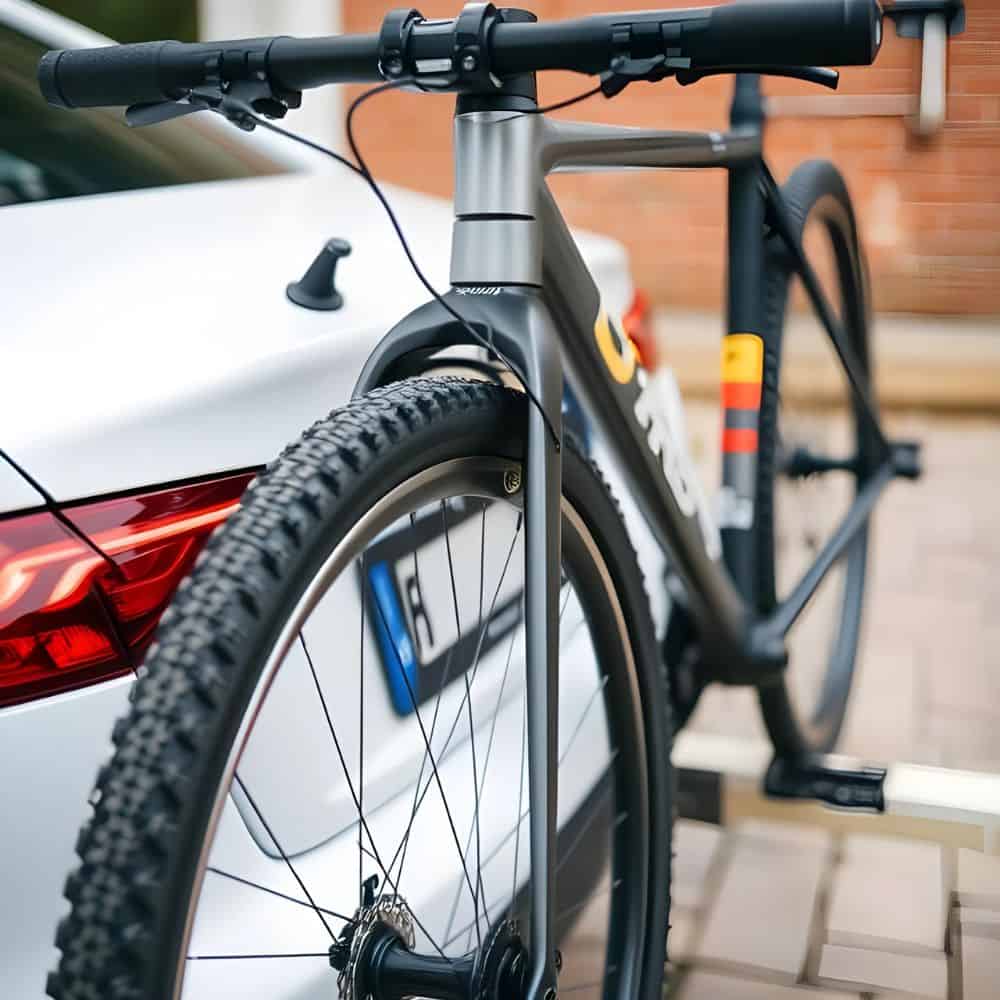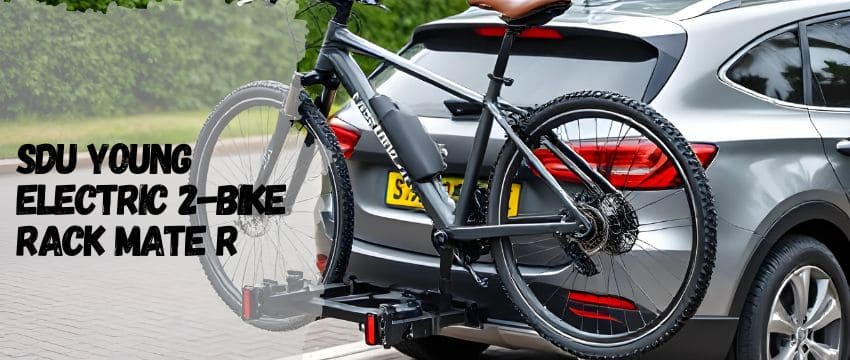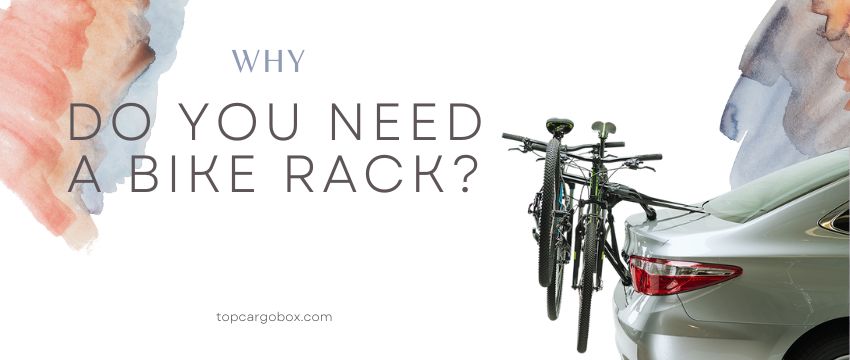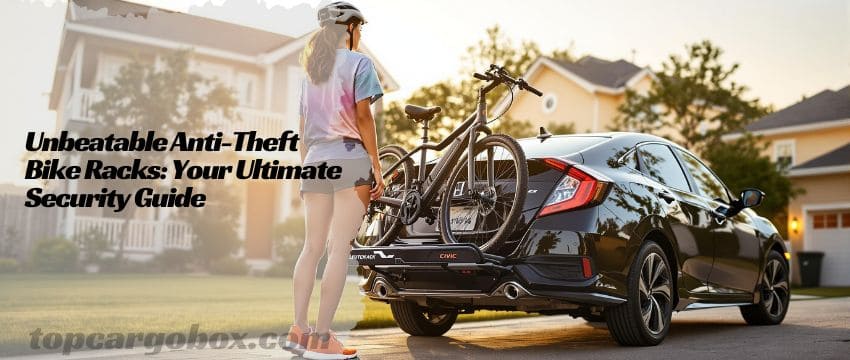The open road, a trusty bicycle, and the freedom to explore—this trio defines the essence of adventure for cyclists. But transporting bikes often requires a rack, and with that comes a web of questions: Are bike racks legal? Could I get fined for using one? Do different states have conflicting rules? The answer isn’t as straightforward as a yes or no. In the U.S., bike rack legality hinges on a mix of federal guidelines, state-specific laws, and safety protocols. This article unpacks the nuances, offering clarity for cyclists who want to stay on the right side of the law while hitting the road.
Federal Regulations: The Foundation of Bike Rack Legality
At the federal level, no law outright bans bike racks. However, the National Highway Traffic Safety Administration (NHTSA) and the Department of Transportation (DOT) set standards that indirectly govern their use. These rules focus on vehicle safety, emphasizing that any modification—including bike racks—must not compromise the driver’s visibility, obscure license plates, or block mandatory lighting.

For instance, federal law (49 CFR § 393.24) mandates that tail lamps, brake lights, and turn signals must remain visible from specified distances. If a bike rack obstructs these lights, drivers must install auxiliary lighting. Similarly, license plates must stay fully visible; covering them with bikes or racks can lead to citations under 18 U.S.C. § 772, which criminalizes obscuring state-issued plates.
The SAE International J684 standard also plays a role, guiding manufacturers on trailer hitch safety. While not federal law, many states reference these guidelines when drafting regulations. Racks exceeding weight limits (e.g., carrying bikes beyond the vehicle’s towing capacity) could violate federal safety codes, putting drivers at risk of fines or liability in accidents.
State-by-State Breakdown: Where Local Laws Take the Wheel
While federal rules provide a baseline, states add layers of complexity. Let’s explore key regional differences:
1. License Plate Visibility
States like California (Vehicle Code § 5201) and Texas (Transportation Code § 502.409) require license plates to be “clearly visible at all times.” If a bike rack blocks the plate, drivers must attach it to the rack itself or use an extension bracket. Failure to comply can result in fines up to $250.
2. Lighting Requirements
In New York (VTL § 375), if a bike rack obscures tail lights, drivers must install auxiliary lights on the rack. Contrast this with Florida (Statute § 316.221), which allows temporary obstructions if the vehicle’s original lights remain “unmodified.”
3. Overhang Limits
Many states restrict how far cargo can extend beyond the vehicle. Pennsylvania (Title 75 § 4923) permits a 4-foot rear overhang without a flag, while Oregon (ORS 818.070) mandates a red flag for anything protruding over 4 feet. Bike racks exceeding these limits may require permits.
4. Hitch and Weight Standards
States like Colorado (CRS 42-4-508) enforce hitch safety, requiring racks to match the vehicle’s towing capacity. Overloading can lead to misdemeanor charges if it contributes to an accident.
The “Gray Areas”: Ambiguities That Trip Up Cyclists
Even with clear laws, ambiguities persist. For example:
- Obstructed Rearview Mirrors: While federal law (49 CFR § 571.111) doesn’t ban rear-mounted racks, drivers must ensure they can see 200 feet behind. If a rack blocks the rearview mirror, using side mirrors becomes mandatory—a rule overlooked by many.
- Bike Attachment Methods: Most states don’t regulate how bikes are secured, but loosely fastened bikes could violate reckless driving statutes if they endanger others.
- Parking Violations: In cities like San Francisco, parking with a bike rack that protrudes into traffic lanes may result in tickets, even if the rack itself is legal.
A 2022 case in Ohio illustrates this: A driver was fined $150 for a roof rack that exceeded height limits, despite no bikes being attached. The ruling underscored that racks alone—not just loaded bikes—must comply.
Safety vs. Legality: When Compliance Isn’t Enough
Legal doesn’t always mean safe. A rack might meet all state criteria yet still pose risks:
- Aerodynamic Drag: Roof racks can reduce fuel efficiency by 20%, but no laws address this economic or environmental impact.
- Pedestrian Hazards: Rear racks extending beyond 3 feet increase collision risks in parking lots, yet only New Jersey explicitly penalizes “negligent cargo placement.”
- Bike Theft: While not illegal, poor rack security makes bikes easy targets. Some insurers, like State Farm, may deny claims if bikes weren’t properly locked.
How to Stay Compliant: A Checklist for Cyclists
- Lighting: Install NHTSA-compliant auxiliary lights if your rack blocks factory lights.
- License Plate Relocation: Use a hitch-mounted plate bracket (available on Amazon for $20–$50).
- Weight Limits: Check your vehicle’s manual for hitch class ratings (e.g., Class I: 200 lbs vs. Class III: 600 lbs).
- Overhang Flags: Attach a 12×12-inch red flag for racks extending over 4 feet.
- Local Permits: Contact your state’s DMV for oversize load permits if needed.
The Cost of Non-Compliance: Fines, Tickets, and Legal Risks
Ignorance isn’t a defense. Penalties vary:
- Minor Violations: $50–$200 for obscured plates (e.g., Georgia OCGA § 40-2-41).
- Major Offenses: Up to $1,000 for obstructed brake lights causing accidents (e.g., Illinois 625 ILCS 5/12-208).
- Criminal Charges: In rare cases, reckless endangerment if a bike falls off and injures someone.
The Future of Bike Rack Laws: Trends to Watch
As cycling surges, states are reevaluating regulations. California’s AB 371 (2023) proposes standardized rack safety testing, while New York explores tax incentives for bike rack purchases. The rise of e-bikes (up to 80 lbs) also pressures lawmakers to update weight limits.
Final Verdict: Balance Adventure with Accountability
Having a bike rack on your car isn’t illegal in the U.S.—if you follow the rules. The key lies in understanding federal mandates, state quirks, and safety best practices. By investing in compliant equipment and staying informed, cyclists can explore freely, knowing their setup is both lawful and road-ready.
Equip wisely, travel safely, and let the ride—not the rack—be your adventure’s focus.
Our team is creating outdoor-gear relevant articles with passion. If our articles can help you to find the correct solutions for your questions, we will be happy about that. In the content creation process, we usually collect accurate and useful information online or offline to compile our content in an organized way. Consequently, we can guarantee that you can discover some expected answers to your questions. We appreciate your time on our site.










